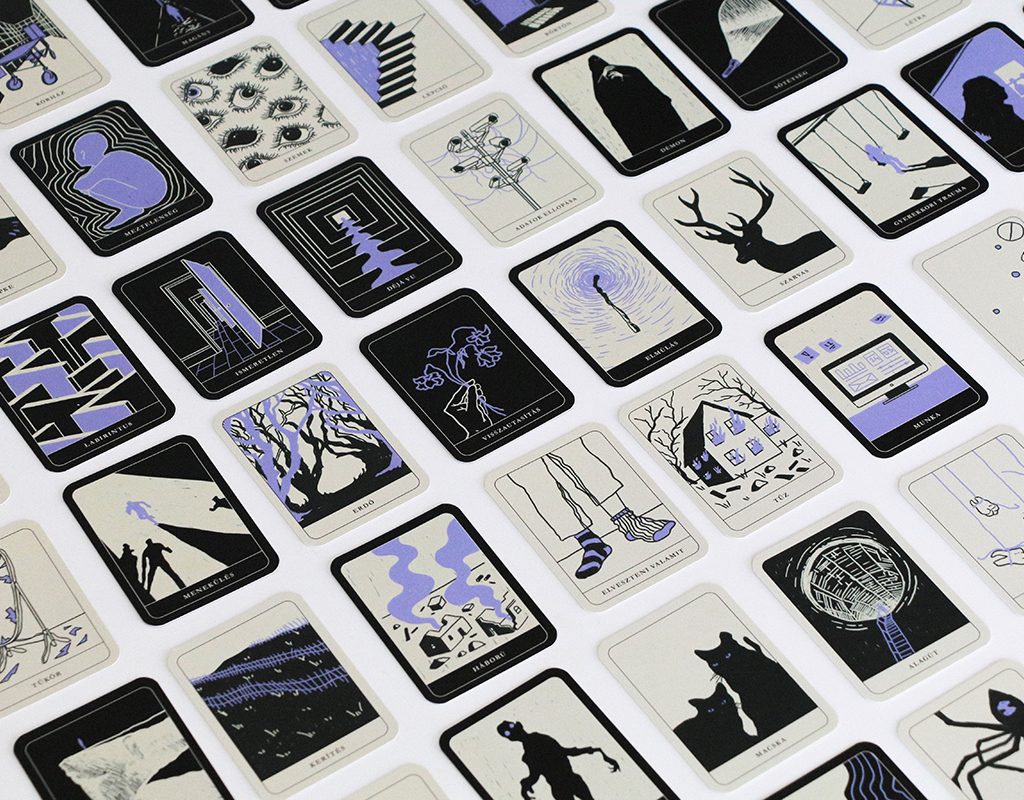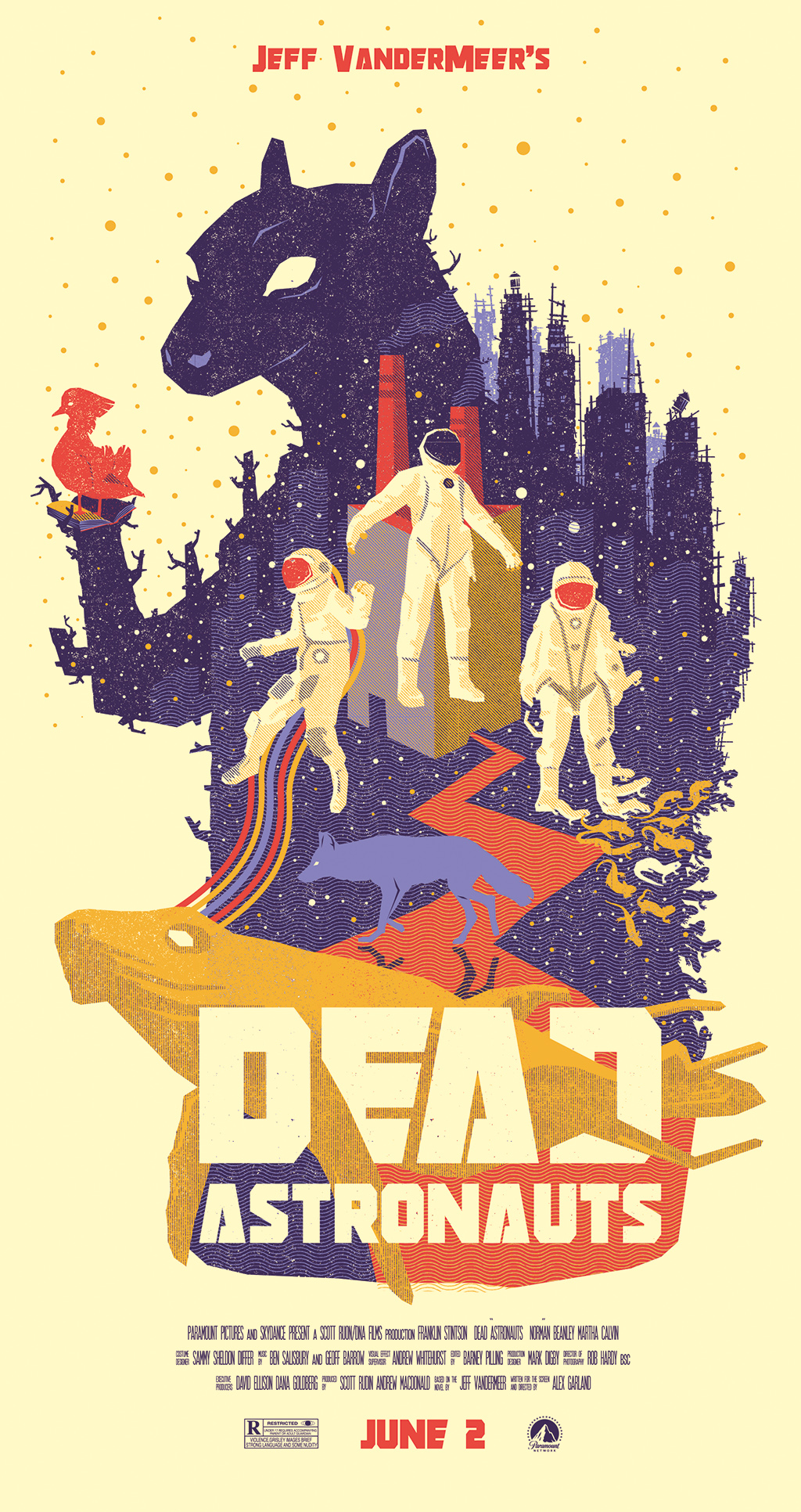

Access cards to our subconscious – Zsófia Kupics’s dream interpretation board game
However ridiculous it might sound at first, in our daily life, we are surrounded by cards: loyalty cards at cafés, football cards at the supermarket cash desk, business cards at the office. We use cards to prove our identity, receive discounts, obtain access to places we otherwise wouldn’t be able to get in. In fact, our whole survival revolves around a plastic card. And when we are truly fed up with everything, we use cards to play with for recreation. Sometimes around a table with others, sometimes alone on the computer. Speaking about gadgets, for some strange reason, we are unable to let go of them even in the digital space. We swipe cards, or scroll cards. Symbolically speaking, cards are both everyday and sacred objects at the same time: we trash them, lose them, redeem them, keep them on us, treasure them, spend years collecting them. Zsófia Kupics’s card game ‘Daydream’ is intriguing also for this reason. It uses cards in the truest sense of the word. It is ordinary and mystical at the same time.

People’s fascination with the world of dreams dates back to ancient civilisations. Not only is there massive literature on the subject, but also countless techniques for dream interpretation. Whether it’s lucid dreaming, conventional therapy methods or keeping a dream journal, ultimately they all serve similar self-awareness purposes. There are thousands of ways to journey down the road to our innermost core of ourselves. Zsófia’s master work provides another, yet not a completely unconventional, alternative to processing your dreams.
“My goal was to come up with a concept for a novel and helpful tool to simplify the processing of individual mental experiences.”

The pack contains a deck of 110 cards and a deck of voting cards, and the game follows the logic of the rightly popular Dixit game. Players in each round make a guess and rank the the five cards on the table in order of probability of featuring in the dreams of the main player of the round, from most probable to least likely. Though the goal is to collect points, the game offers a truly community experience by enabling us to become more familiar with the thinking of others in our team and to have conversations that might not occur otherwise.
“The structure and layout of the cards have been inspired by Tarot cards, but the game is not just for spiritually-minded people.”

Despite looking none-too-complicated at first sight, ‘Daydream’ has a graphic design that is thoroughly thought out down to the last detail. The gesture-like drawings harmonise with the fragmented, exulted quality of dreams, the black and nude basic colours bring classic, worn out Tarot cards in mind, while the purple complementary colour lends mystical, spiritual look to the deck. Cards with a pale back side feature specific things, such as objects, locations or persons, while cards with a dark back side depict less tangible subjects, like emotions, sensations and situations.
“The short conclusion of my thesis is that no matter in what form we explore our dreams, it can contribute to our personal growth. ‘Daydream’ is about getting you to reflect on the subjective meanings of dreams.”
In short, ‘Daydream’ is ordinary as an object in terms of its packaging, execution, technique and rules. In terms of its form language, content and symbolics, however, it couldn’t be more mystical. Even more interestingly, looking back at the past years, we can see that it is not without antecedents. After all this time, cards can still capture the imagination of young designer generations, as demonstrated by various games that teach you sign language, provide a learning aid for history lessons, increase social sensitivity, and now, help you explore your subconscious.



// /
The diploma work was created at the Graphic Design MA department. Zsófia’s supervisor was Béla Hegyi, her thesis consultant was Tamás Berki.


